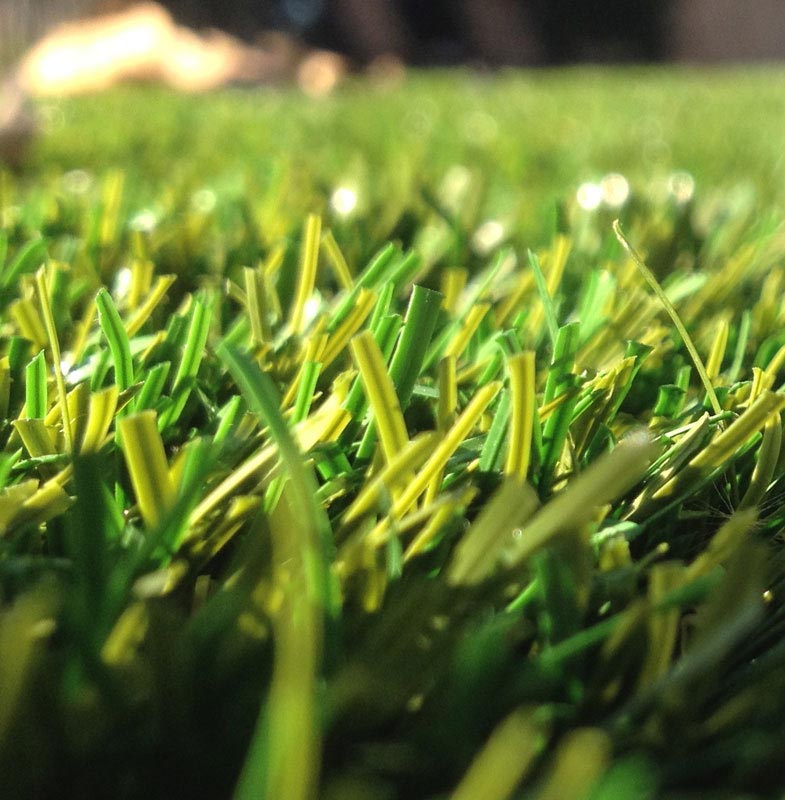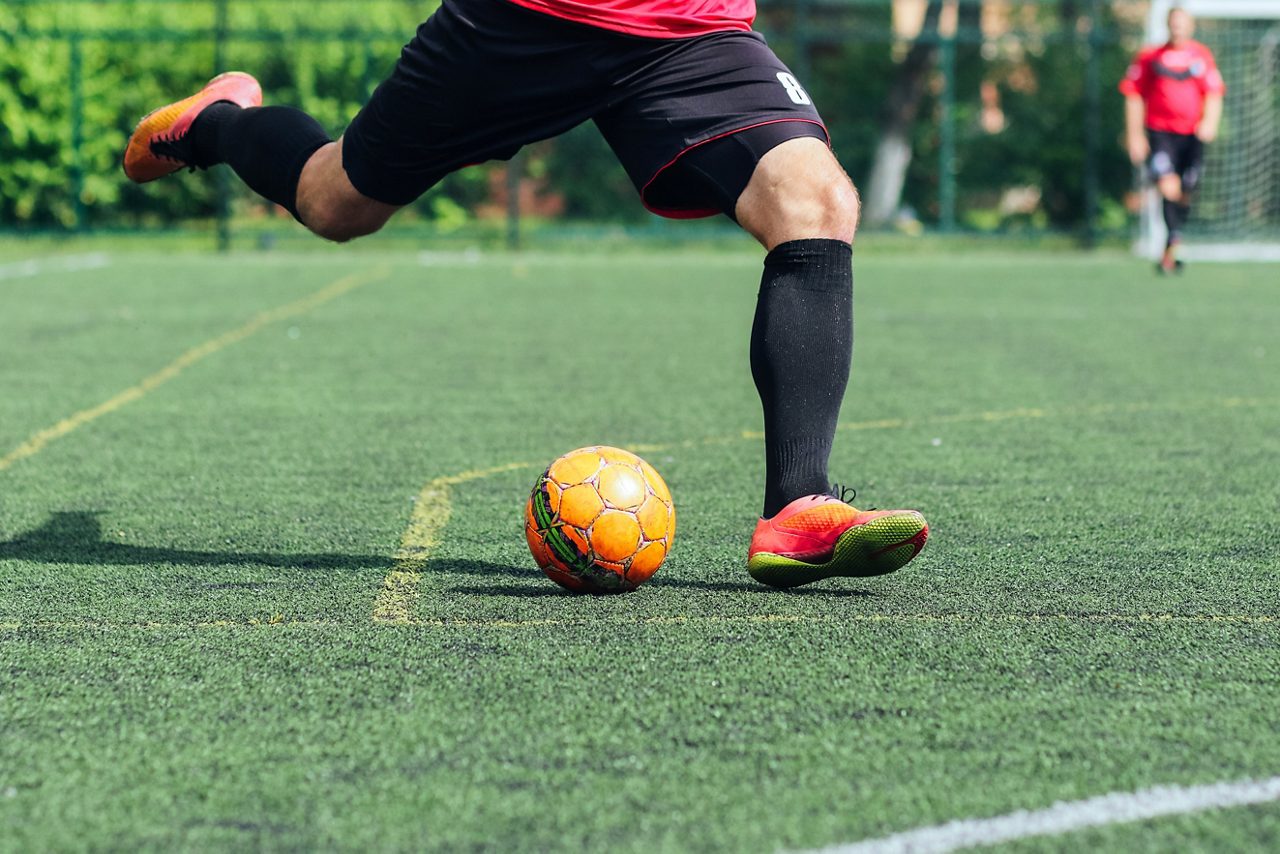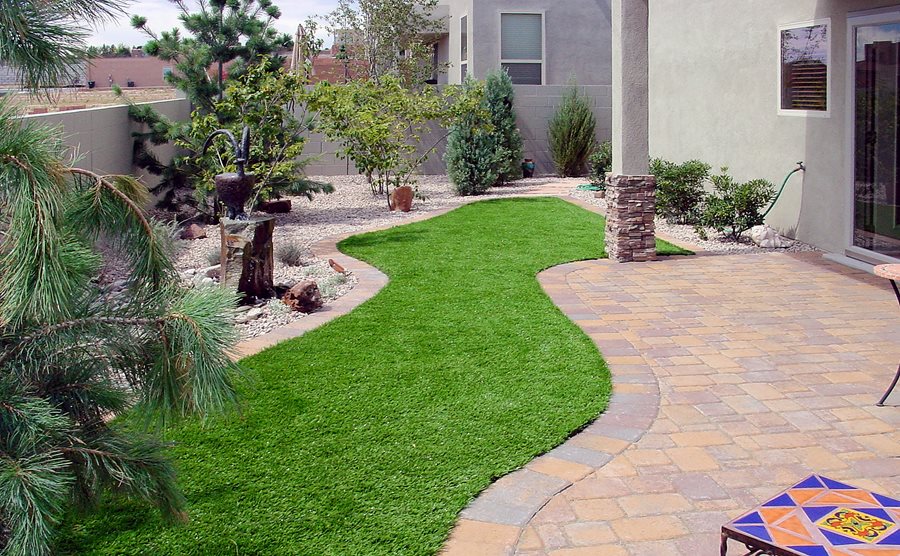Find Reliable Artificial Turf Companies Phoenix for Long-Lasting and Realistic Grass
Find Reliable Artificial Turf Companies Phoenix for Long-Lasting and Realistic Grass
Blog Article
See Why Homeowners Prefer Synthetic Grass for Lasting Landscape Design Practices
As homeowners progressively focus on sustainability in landscape design, artificial grass has become an engaging alternative to standard lawn. Its capacity to conserve water, decrease upkeep efforts, and lessen environmental influence settings it as a functional option for those looking for environmentally friendly services. Additionally, the visual charm and versatility of synthetic grass cater to varied style preferences. The ramifications of this shift prolong past mere ease and appearances, prompting a closer evaluation of just how these selections influence more comprehensive ecological outcomes. What remains to be checked out is the full extent of advantages that synthetic grass can use to homeowners and the atmosphere alike.
Water Preservation Benefits
Among one of the most substantial benefits of fabricated turf is its role in water preservation. Conventional lawn lawns need substantial quantities of water to maintain their rich appearance, frequently resulting in overuse of regional water resources, especially in dry regions. On the other hand, synthetic grass eliminates this need entirely, as it does not call for watering. This not only conserves water but likewise minimizes the strain on metropolitan water supply, particularly during dry spell conditions.
In addition, the installment of synthetic grass can add to an extra lasting landscape. Home owners can considerably reduce their water expenses, allowing for reallocation of resources to various other ecological efforts or house uses. Additionally, man-made lawn is designed to endure different climatic problems without the need for additional watering, making it an excellent option for regions encountering water deficiency.
The ecological benefits extend past instant water financial savings. By decreasing water usage, man-made turf aids to reduce the effects of climate modification, maintaining essential communities that are endangered by extreme water extraction. As lasting landscaping methods acquire traction, artificial lawn becomes a liable option for homeowners seeking to produce green outdoor areas.
Decreased Upkeep Initiatives
Artificial turf considerably reduces upkeep initiatives compared to standard turf yards. With man-made yard, property owners can get rid of the lengthy tasks associated with natural landscaping, such as mowing, fertilizing, and weeding. This not only saves beneficial time but also minimizes physical labor, making yard care obtainable for people of every ages.
Conventional yards call for regular trimming to preserve a visually pleasing elevation, whereas synthetic grass continues to be consistently lavish without the need for cutting. In addition, property owners no longer require to apply fertilizers or chemicals, which are frequently required to keep all-natural yard healthy.
Moreover, synthetic grass is long lasting and resistant, calling for minimal upkeep past periodic brushing and washing to eliminate particles. This ease of upkeep permits property owners to appreciate their outside areas without the continuous concern of upkeep, supplying more time for leisure and family members activities. Eventually, the decreased maintenance efforts related to synthetic grass make it an appealing option for those seeking a low-maintenance, visually appealing landscape.

Environmental Impact Decrease
There is an expanding recognition of the ecological benefits related to fabricated lawn, specifically in terms of water preservation and minimized chemical usage. Standard their explanation grass require substantial amounts of water, particularly in drought-prone regions, resulting in increased stress on regional water sources. On the other hand, synthetic grass eliminates the requirement for watering, drastically lowering water consumption and advertising sustainability.
Additionally, traditional lawn maintenance usually entails the application of herbicides, plant foods, and pesticides, which can add to dirt and water pollution. Synthetic grass reduces this environmental hazard by calling for marginal upkeep and basically removing the demand for unsafe chemicals. This not just boosts dirt wellness yet additionally protects regional communities from toxic runoff.
In addition, the production of all-natural lawn yards usually entails using nonrenewable fuel sources for mowing and landscape design tools, additional contributing to greenhouse gas exhausts. By picking synthetic grass, property owners can considerably lower their carbon impact related to yard treatment activities.
Aesthetic Appeal and Adaptability
Along with its ecological benefits, synthetic grass provides significant visual charm and flexibility for landscape design. Home owners you can try here can achieve a lavish, environment-friendly look year-round, getting rid of the seasonal changes typically linked with all-natural turf. This regular visual not only enhances the visual appeal of a building however also contributes to a polished and well-kept look.
Furthermore, synthetic grass is available in a variety of designs, shades, and appearances, permitting customization to suit private preferences and style styles - Turf installation phoenix az. Whether used in domestic gardens, business spaces, Your Domain Name or leisure areas, it can seamlessly incorporate right into varied landscaping layouts, from contemporary minimal to lush exotic setups
The flexibility of synthetic grass extends past simple appearance; it can be mounted in various places, including rooftops, outdoor patios, and even indoor areas, creating chances for distinct landscaping solutions. In addition, it appropriates for a variety of activities, from youngsters's backyard to pet-friendly environments, supplying functionality without endangering design.
Ultimately, the aesthetic charm and convenience of artificial grass make it an eye-catching option for property owners looking for sustainable landscape design remedies that do not give up elegance for ecological obligation.

Long-Term Cost Savings
Among the most engaging advantages of artificial grass is its capacity for long-term expense savings. Unlike natural yard, which needs regular maintenance-- consisting of mowing, watering, feeding, and insect control-- synthetic grass considerably reduces these continuous costs. Homeowners can save a significant amount on water expenses, particularly in areas where water scarcity is a pressing concern. The elimination of yard care solutions further contributes to economic savings, as there is no requirement for customized equipment or labor.
Additionally, synthetic grass has a life expectancy of 15 to 25 years, depending on its high quality and use. This toughness lessens replacement costs, making it an extra economical selection in the lengthy run. The preliminary financial investment in synthetic lawn can typically be redeemed through the financial savings accrued over time.
While the upfront expense may appear higher compared to sod installment, the cumulative savings from lowered maintenance and water usage frequently surpass these initial expenditures. Inevitably, the fostering of synthetic grass not only advertises a lasting landscape design service however additionally supplies homeowners a financially wise alternative that straightens with lasting budgeting objectives.
Conclusion
Synthetic grass becomes an engaging alternative for sustainable landscaping, providing substantial benefits in water conservation, reduced upkeep initiatives, and reduced ecological effect. Its visual appeal and adaptability improve the visual landscape while straightening with modern sustainability objectives. Furthermore, long-lasting expense savings add to its good looks for house owners. As areas increasingly focus on ecologically friendly techniques, the fostering of fabricated turf stands for a progressive step toward achieving resilient and sustainable landscapes.
In addition, synthetic grass is designed to stand up to numerous weather conditions without the need for supplemental watering, making it an ideal selection for regions encountering water scarcity. (Phoenix turf companies)

Synthetic lawn emerges as an engaging alternative for lasting landscape design, providing significant benefits in water preservation, reduced upkeep initiatives, and diminished ecological effect.
Report this page